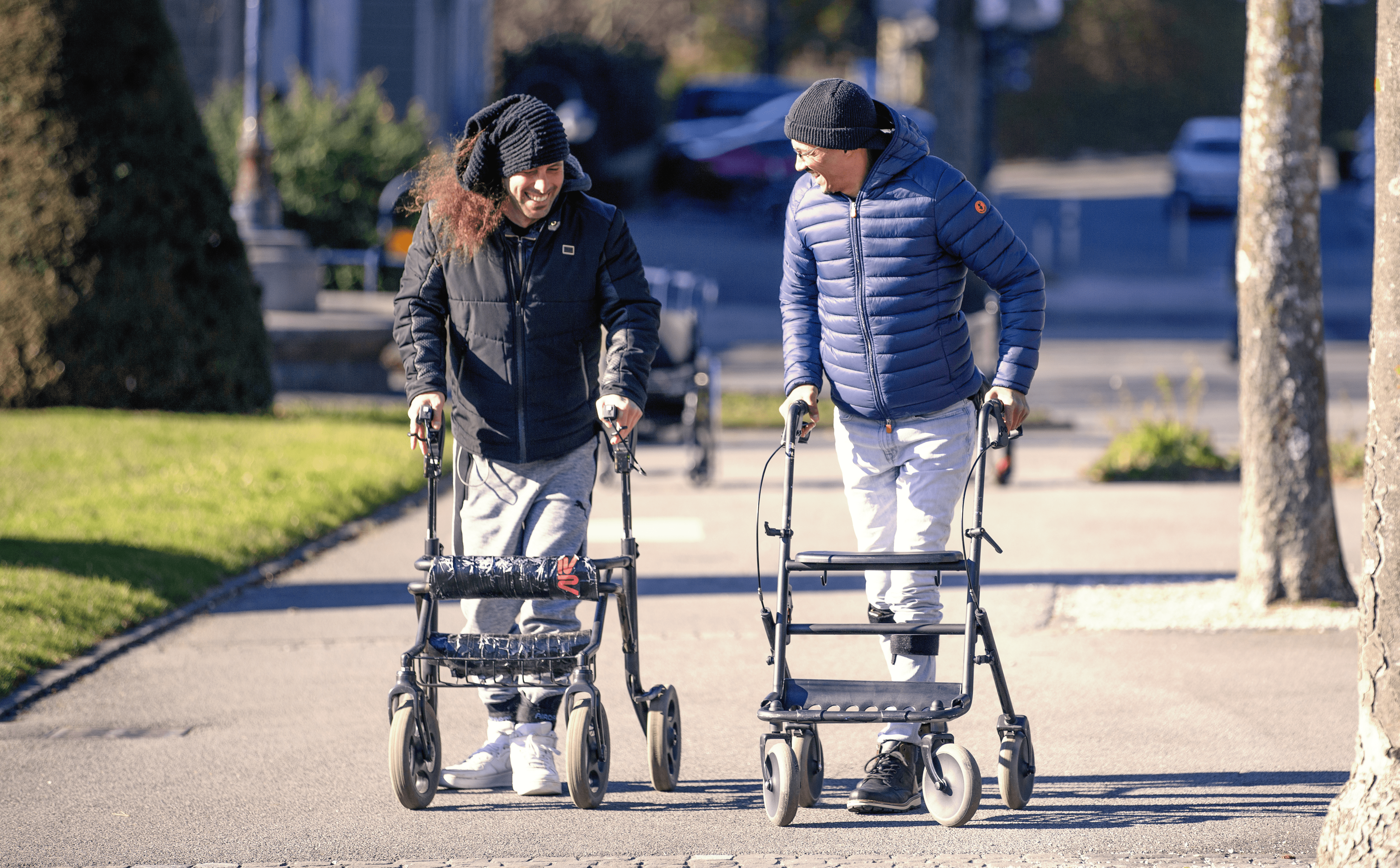In the entirety of the animal kingdom, the one thing that separates the human race from any other species is its ability to improve upon itself. We may not be as strong as a silverback gorilla or run as fast as a cheetah, but our brains allow us to learn, understand, and improve our tools and behaviors to survive. We also can work together for the collective benefit of all in a way that the rest of nature simply can’t.
No industry is more representative of this evolutionary fact than medical research. Every day, thousands of the world’s best and brightest show up to work, operating and handling millions of dollars worth of machinery and computing power. They do this to make a disease or disability a thing of the past. A laboratory in Switzerland is working on a device to help the paralyzed walk again.
This revolutionary treatment has recently been the center of a 12-month study. In it, three men between the ages of 29 and 41 who had lost their ability to walk agreed to undergo a procedure involving an experimental implant. The operation, when described, sounds more than a bit intimidating.
After weeks of evaluation and pre-op training, patients had to endure several surgeries over a six to eight-week period. During this stage, patients had multiple electrode devices implanted in the “epidural space,” the region between the membrane of the spinal cord and the vertebrae themselves. A pacemaker was then implanted in the abdomen to send electrical currents to the electrodes to stimulate the subject’s muscles in a way that would allow some movement. Finally, once recovered, patients would undergo a four-day-a-week rehabilitation for five months.
For these men — all of whom had lost voluntary movement below the waist, with two of the three with no sensation — the prospect of having some semblance of mobility was worth a year of sacrifice. Michel Roccati was not born paralyzed and can easily remember what it felt like to move freely before a fateful motorcycle accident in 2017. Simply being able to shower standing up would be a vast improvement.
After months of hard work, all three of the men saw dramatic improvements in their functionality. The subjects could walk with overhead support within just a week of surgery. Following complete rehab, they could stand entirely free of assistance and walk with the use of a cane or walker.
“It’s a very emotional moment because [patients] realize they can step,” said Dr. Jocelyne Bloch. Dr. Jocelyne Blich is from Lausanne University Hospital and Grégoire Courtine of the Swiss Federal Institute of Technology and led the study. To the researchers, the speed of recovery was the most exciting development.
The director of the Johns Hopkins Neurosurgical Spine Center, Dr. Nicholas Theodore, was optimistic about what the Swiss discovery meant for the future of spinal research worldwide. “I think [this research] should be a call for all of us to understand that there is hope for the treatment of these patients,” he said.





